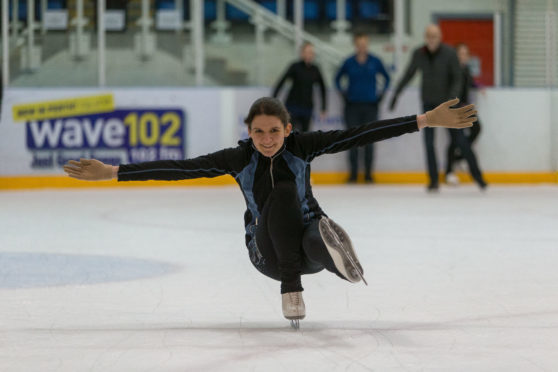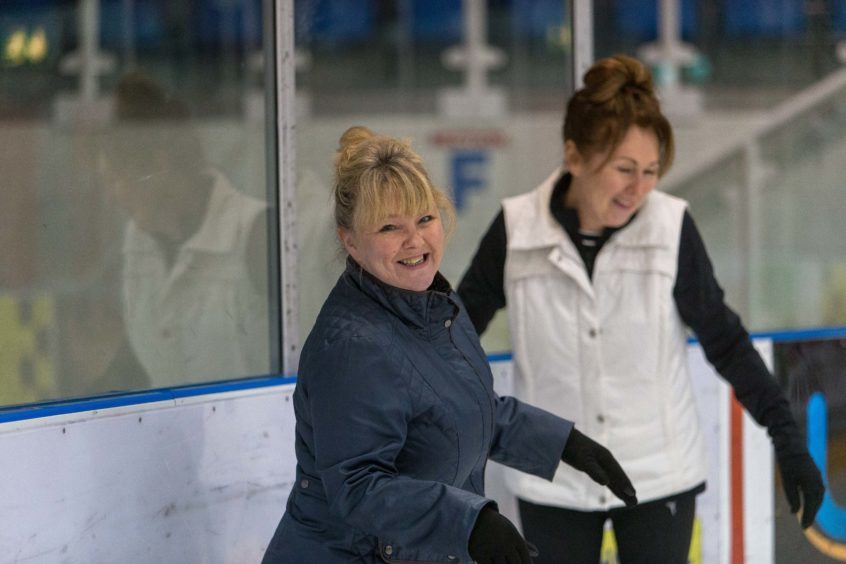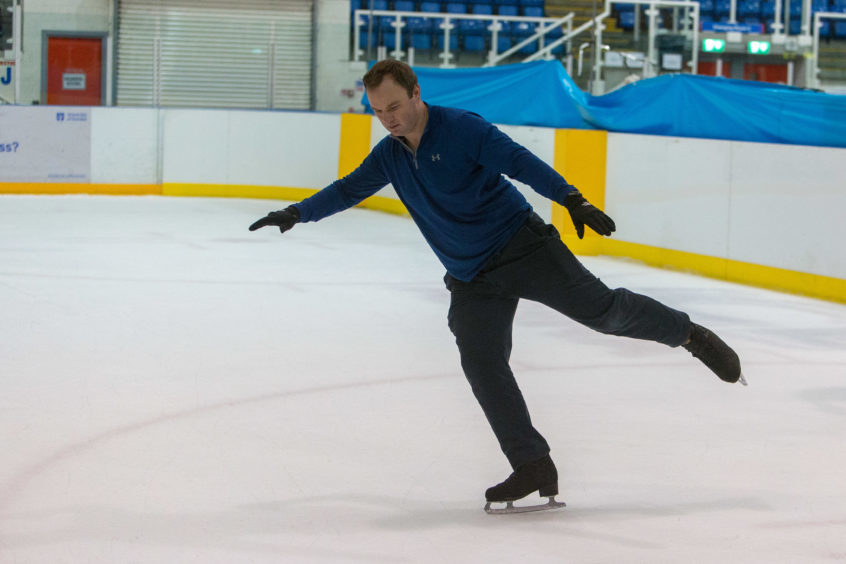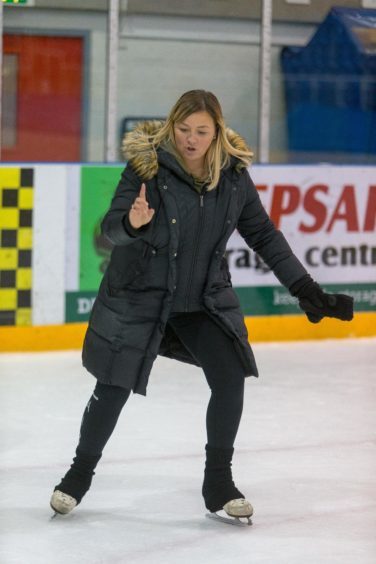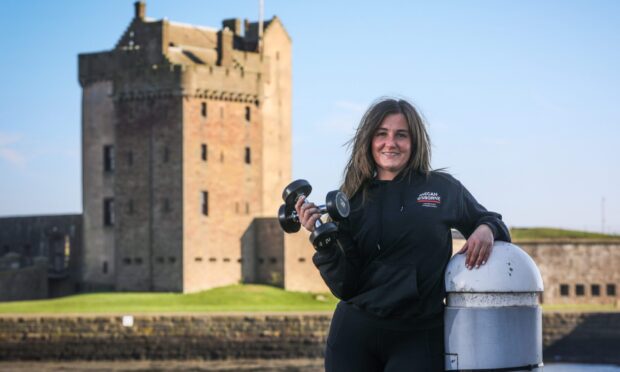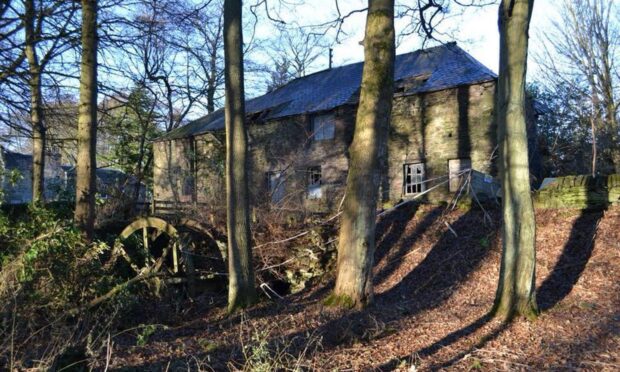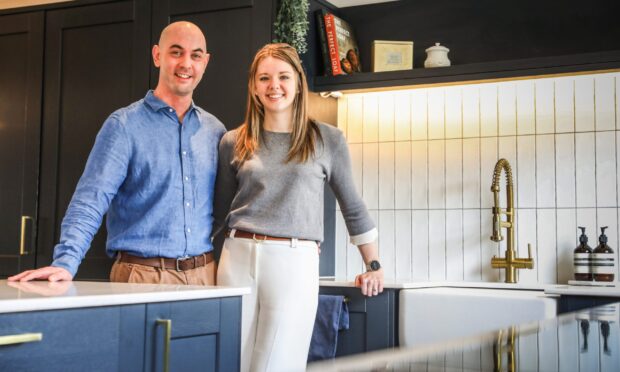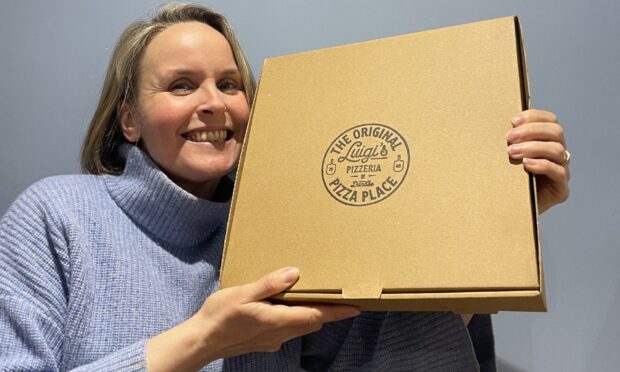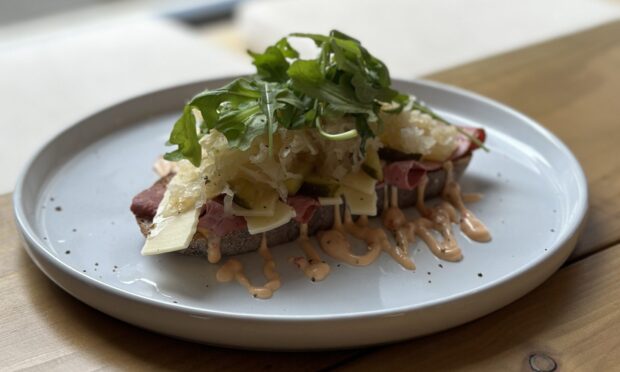What do you think of when you hear the words “figure skating”?
Perhaps a vision of skinny young things in sparkly outfits, gliding lightly across the ice, jumping and landing effortlessly,making the impossible look easy, like we saw at the Winter Olympics.
While the movie I, Tonya has recently put the spotlight on adult skaters, the sport has long been considered a pursuit for the young, one you can only truly excel at if you practically grew up on the ice and learned all the moves aged seven.
I thought it was the sport of youth too, until a trip to a rink shortly after turning the undeniably adult age of 21.
I was studying in Italy on a university exchange programme and was wandering around Genova’s old town with my flatmates. It was that slightly manic time, the lead-up to Christmas, with visits to outdoor ice rinks while tipsy on mulled wine (Note: Do NOT do this. Ever.).
Suddenly there I was, balancing precariously in a pair of clunky rental skates, on the ice for the first time since my school days. As I flailed around like Bambi, I noticed a woman in the middle of the rink, gliding gracefully and practicing spins. She was around 50, in gym-type clothes – no sequinned dress in sight – and she was having fun. I was intrigued.
Returning to the ice the next day, I spotted the woman again and decided to pick her brains. She told me she’d been having lessons and gave me the coach’s contact details. A few weeks later, I went for my very first lesson.
It soon became a thing. I practiced almost daily, sneaking off to the rink between lectures. Being on the ice was fun and surprisingly therapeutic – you can’t really stress about money, exams or work when you’re 100% focused on not falling over.
Back in the UK I was keen to carry on, so looked up what was on offer at my local rink, bought a pair of skates and signed up for Skate UK weekly group lessons.
My love for skating grew.
Lessons are available at most rinks, including Dundee Ice Arena, and they take you through the essential skills – such as skating forwards and backwards, stopping, gliding on the edge of your blade and turning. Each time I managed something new, my confidence grew.
In my group were adults of all ages, from university students to retirees, including people who were stepping on to the ice for the very first time. Together we worked our way through the levels with lots of laughter and no small amount of tears and bruises. There is nothing quite like coming down hard on the ice, so it takes your breath away, and getting soaked in the process. But, I was hooked, and after finishing the programme signed up for private lessons, along with some of my new ‘skate mates’, a friendly community of other adult skaters, who have taken up the sport later in life.
It’s been four years since I started skating.
We have group lessons twice a week with the lovely coaches from Dundee Ice Coaching Elite, who teach everyone from recreational skaters like us to the high-level competitors at Dundee Ice Skating Club.
I also take lessons at Stirling New Figure Skating Club every Friday evening. I’ve even had my five minutes of fame (well, a minute and a half to be precise). In December I was persuaded to take part in the club’s Christmas Gala for the first time, skating a short programme to Coldplay’s Magic.
I can now do most single jumps, basic spins, spirals and various turns and steps.
For me, skating is a great way to unwind from the stresses of everyday life and keep fit – it combines cardio, strength and flexibility training in a way that doesn’t feel like a chore.
There is also always something new to learn or some room for improvement. I’m kept on my toes and never get bored. For someone who is quite faddy and tires of things easily, this is quite a change.
Of course, I know there is a limit to what I can do. Some elements are simply beyond the reach of adult skaters, whose bodies haven’t been conditioned by years of skating since childhood. We are always that bit slower and less flexible, and it takes us longer to learn things compared to the zero-body-fat, lower-centre-of-gravity youngsters.
That can sometimes be frustrating, but hey. We can’t compare with the younger skaters –we’re there to have fun and to do our best.
Now I am a convert, and recommend skating to anyone of any age, even if you have never been on the ice before. It’s up to you how much you want to learn, it’s all fun, from the basics to trying the spins and jumps, if you’re brave.
There’s even Ice Dance and Synchronised Skating, a fast-growing discipline, for those wanting something more. This sport really does offer something for everyone – the sparkly dress is definitely optional, though. You can shine on the ice without the sequins.
